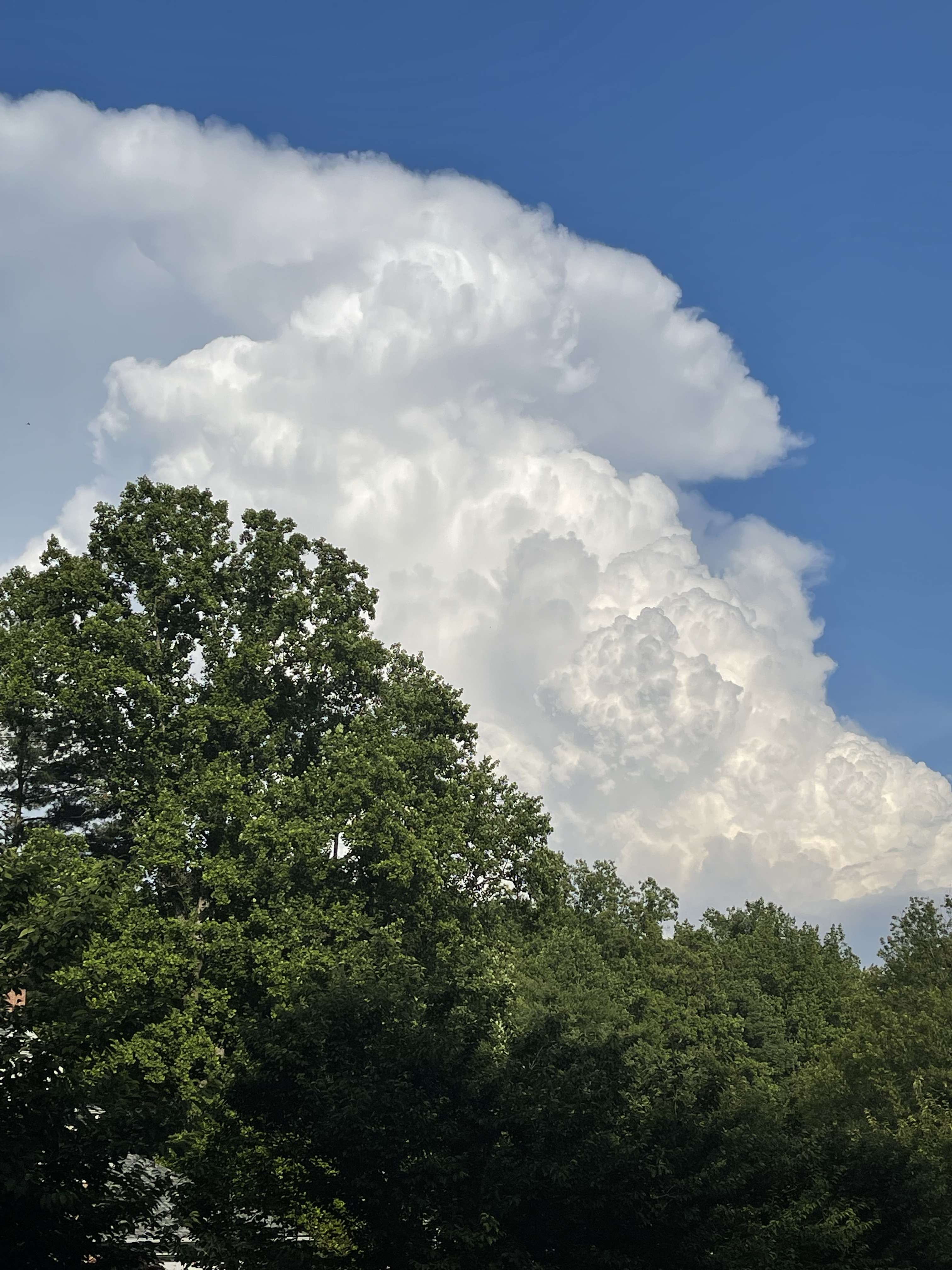-
Posts
44503 -
Joined
-
Last visited
-
Days Won
262
Everything posted by Phil
-
A few points here. 1) How many are Niñas? More importantly, how many are Niñas that took place since the late 1970s? 2) Most Niña Octobers have +EPOs..it isn't exactly a great reflector of the NPAC jet by longitude. Using zonal winds or 500mb heights over the NEPAC will usually reflect the nature of NPAC jet more accurately, in my opinion. When looking at the data, it's fairly apparent that a stronger NPAC jet during a -ENSO October generally correlates to reduced Arctic intrusions into the western US. That doesn't mean the relationship is perfect...note 2010/11.
-
This relationship will change with the ENSO sign. You're going to have to do some filtering here, IMO, because these years you're listing are a mess of different/contradictory systematic boundary states. Would you use an El Niño year to analog a La Niña year? If you're not reflecting the proper systematic boundary conditions, you're analyzing a system that doesn't exist in reality.
-
I thought you were solely referring to the October jet? Let's test this theory. Since you're referring to strong October jets preceding "Arctic air mobilization", here's a comparison between all satellite era -ENSO Octobers that preceded DJFs with more frequent Arctic outbreaks in the NW: Versus -ENSO Octobers preceding DJFs with more reduced Arctic intrusions/increased zonal flow: http://i724.photobucket.com/albums/ww243/phillywillie/Mobile%20Uploads/2016-09/E2934547-5B6E-441F-9CC0-90E1E7C98F75_zpsa2z8o8qa.png So, it seems that raging October jets tend to correlate with reduced Arctic air mobilization, rather than to the contrary.
-
For the heck of it, here's how September finished @ 500mb: http://i724.photobucket.com/albums/ww243/phillywillie/Mobile%20Uploads/17CB5EB6-D381-40D2-965A-D55B1671B8C4_zpsh6pvsitl.gif Based on this, I found the -ENSO/+QBO years that best matched this pattern, the rolled them forward into October. Here's how the analog aggregate looked for September: http://i724.photobucket.com/albums/ww243/phillywillie/Mobile%20Uploads/EA821FB3-222D-48B5-A6CA-9BC7A4450B96_zps4xbh4wmi.png Rolled forward into October, this is how the aggregate evolves: http://i724.photobucket.com/albums/ww243/phillywillie/Mobile%20Uploads/5847A921-8F65-4A9B-9E68-567E11885523_zpsrwx36hyc.png Relative to current modeling, these years were more Niña/-AAM overall, but otherwise similar with the Siberian/Eurasian ridging, and the GOA/NPAC trough.
-
I don't think this holds true in Niña years. Stable ridging preceded 1978/79, 1988/89, 2013/14, even intermittently in 2008/09 (to a lesser extent). Generally, it's crappier Niña years like 2005/06, 2007/08, 2011/12, etc that were preceded by strong northern jets/+EPO, though what is being modeled now isn't really a northern jet/+EPO as much as a hybrid Pacific jet/+PNA. There's less precedence for this sort of pattern in a Niña, though 2010 was similar.
-
Yeah, and that would typically provide an assist to the Niña background state. Problem is, the entire IO is frigid, due to an equatorward bias to the climatological high down there. So, convection becoming limited overall across the IO, even into the western Maritime domain. Given this, I wonder if the anomalously "west based" Niña cell we've observed since July, will in fact be forced to reshuffle into something more central/east based, and perhaps the changes we're observing now are actually the beginning of this transition process?
-
I'd say a combination of intreasonal forcing out of the Pacific/WHEM, a cool/dormant Indian Ocean, and an ongoing reversal in the Pacific Walker/Hadley Cell intensity ratio. In other words, probably short term craziness as opposed to something more significant. Might still have to watch to see if the weak Niña background state becomes perturbed, however. The background state that's dominated since July probably wasn't going to survive as-is anyway. Either the IO will cave, or the WPAC will cave, IMO.
-
Good point. The flat ridge south of the Aleutians is actually a reflection of the descending (sinking) branch of the Pacific Hadley Cell. It's unusually broad/poleward right now, even by modern standards. Blah. Need to get that wave-1 tropical-convective signal back, which'll tilt the longitudinal IO/PAC Hadley Cell gradient, ousting the zonal Pacific Jet.
-
Mama Nature is trollolololing us.
-
In the raw, here's satellite-era weak/mod -ENSO Octobers that preceded blocky winters: http://i724.photobucket.com/albums/ww243/phillywillie/Mobile%20Uploads/60061ADF-85CA-4D47-AE78-29DA7CE30FC9_zpsffbktryz.png Versus those that preceded zonal winters. Not a huge difference, except over Eurasia/NE Siberia: http://i724.photobucket.com/albums/ww243/phillywillie/Mobile%20Uploads/DF431A14-5778-435A-B9FD-81E3A77A399D_zpsa8zesbc6.png Difference: Eurasian gradient and EPO still predictors: http://i724.photobucket.com/albums/ww243/phillywillie/Mobile%20Uploads/26DFFE6C-7AD9-4E97-A19A-9FF13BD062D3_zpsnrgrhgvt.png
-
Many of the -ENSO/+QBO analogs delivered in February, as well. I highly doubt this is a one-and-done winter, given what will probably be a highly variable/transient pattern progression. If there's one thing I'm confident of in regards to this winter, it's a highly variable, unstable pattern progression. This background state is just too weak to constrain things much, IMO.


